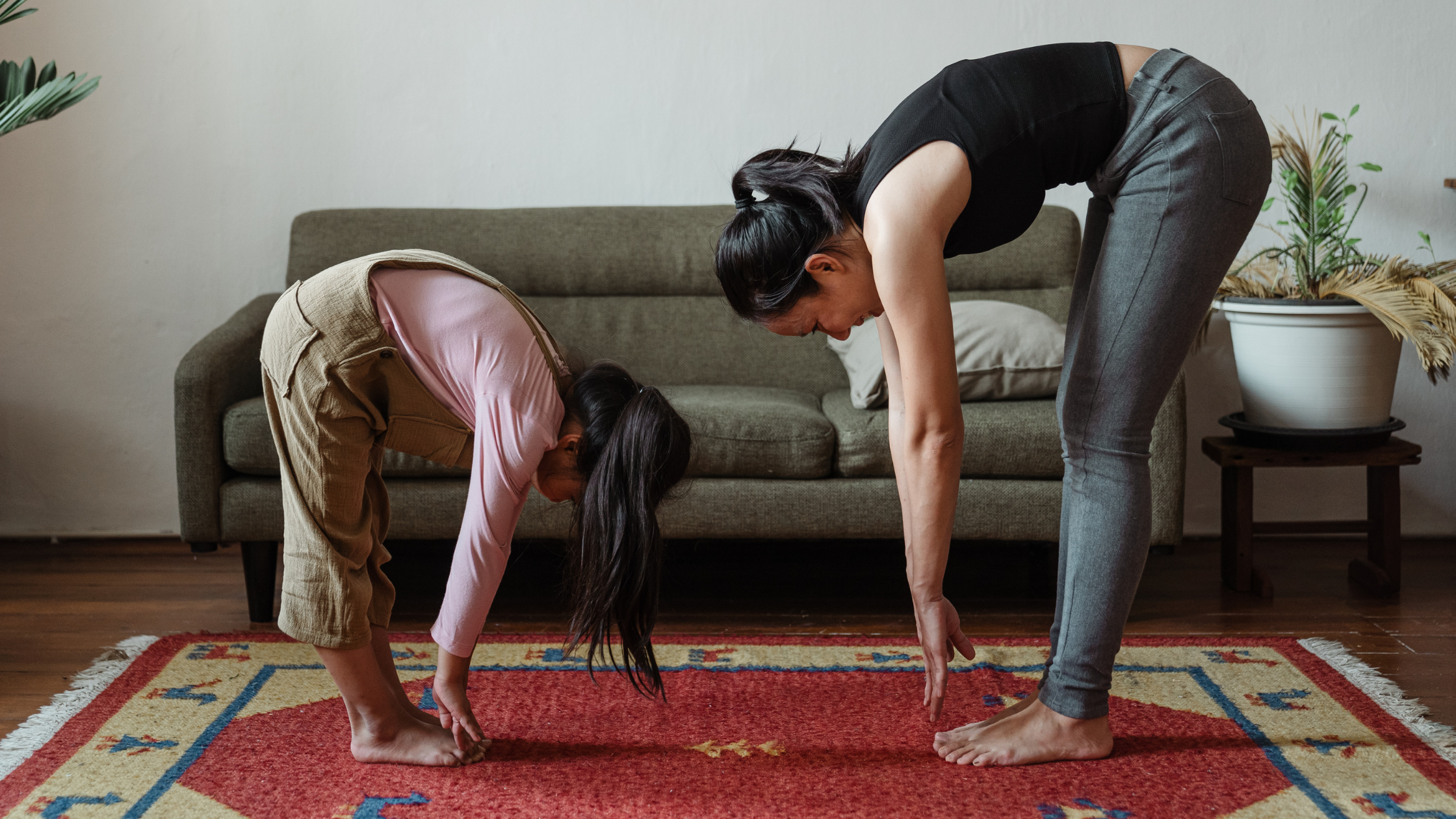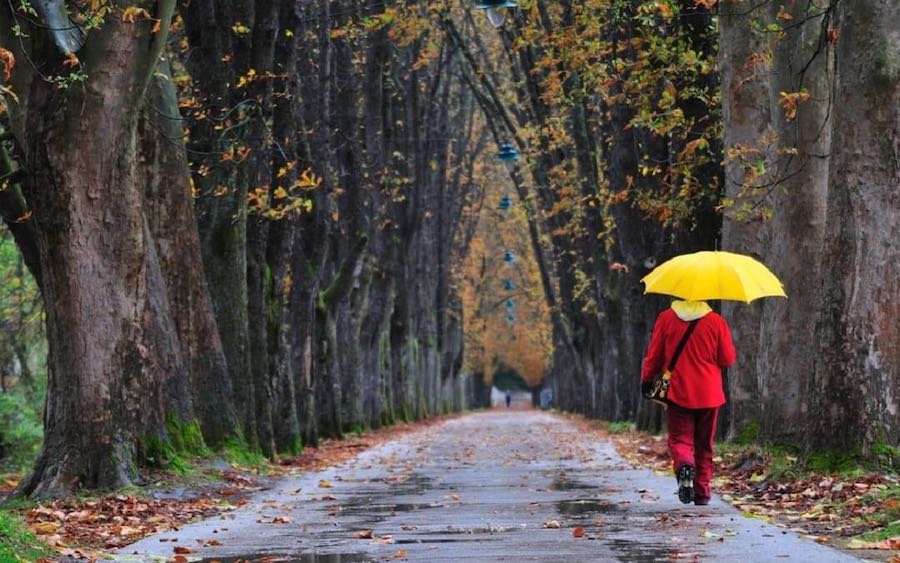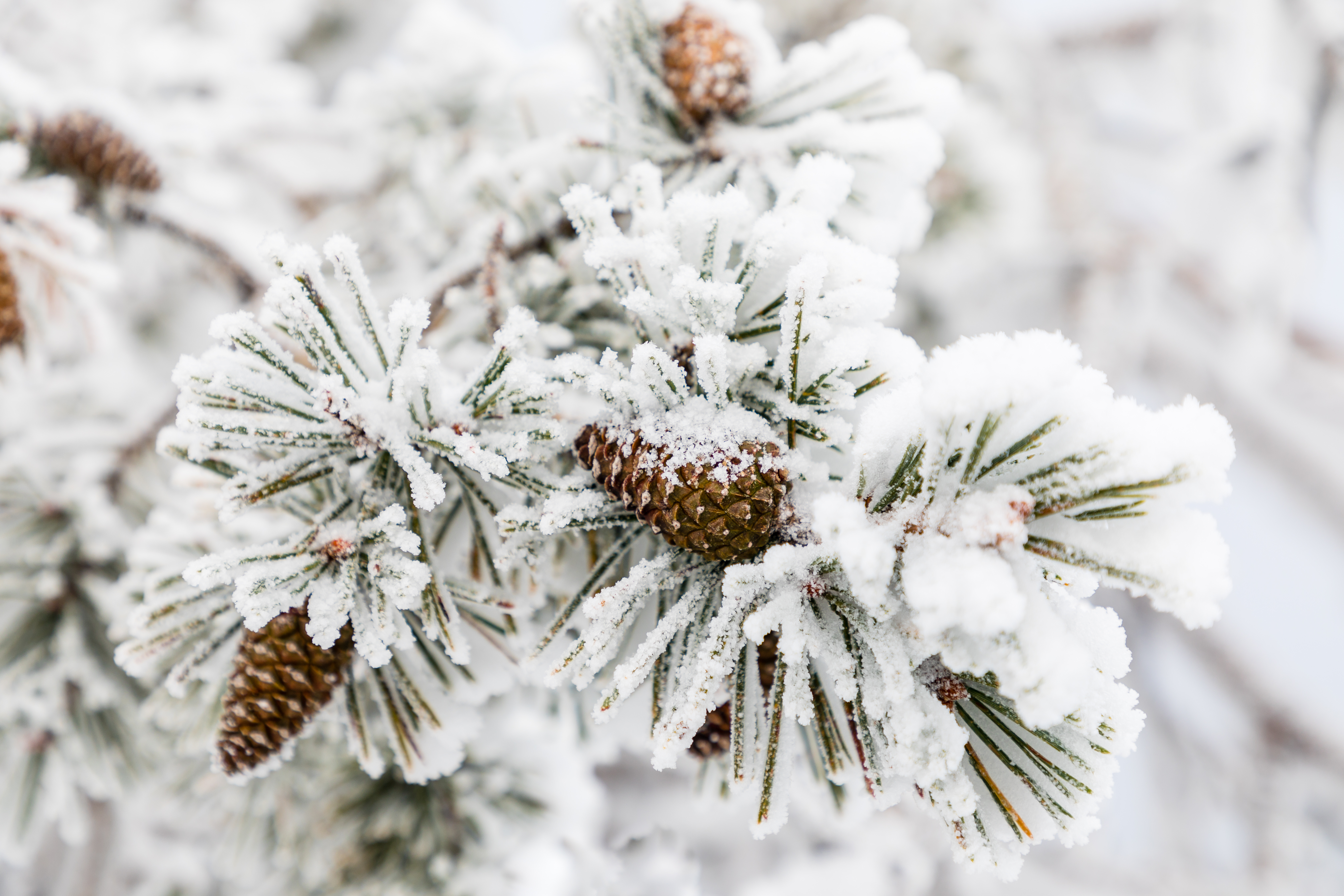
5 Easy Movement Break Ideas for Family PE Week
ActivEd/Walkabouts is part of the Active Schools national collaborative of leading health, education, and private sector organizations working to create active school environments. To encourage kids and families to stay active at home, check out Active School’s Family PE Week, October 4-8, 2021.
What is Active Schools Family PE Week?
The Active School’s Active Family Challenge is a weeklong event promoting PE at home. Teachers and families can find additional resources by registering for family PE week. Families can access templates, activities, and videos to encourage movement among children grades K-12 here. Check out this video to uncover the resources that will be shared throughout the week.
Here are five activities to encourage kids to get plenty of movement at home with their families!
#1 Scavenger Walk
Children who get outside, even for a short time, can experience significant benefits such as healthier immune systems and a greater appreciation of nature. Read a full list of benefits here. Let kids walk and discover on this scavenger hunt!
Get started:
Step 1: Ask children to brainstorm things they might collect or spot outside. This may include different colors of leaves, rocks, sticks, plants, clouds, and flowers.
Step 2: Take children for a walk outside to allow them to discover and collect as many items as they can find.
Step 3: Ask children about their findings, and have conversations about their favorite nature items they found or spotted.
#2 Animal Charades
A classic game of charades can fuel movement in any environment. Charades does not require any special equipment, is fun for kids, and enhances non-verbal communication skills. Try this fun rendition of animal charades!
Get started:
Step 1: Write a list of animals on index cards or slips of paper. Groups will randomly draw from these cards.
Step 2: Group children into teams of the same number.
Step 3: Set a timer for 30 seconds. One child on a team should act out the animal, and the rest of their team should guess the movement. For example, for an elephant a child can move their arm like an elephant's trunk.
Step 4: After all movements have been acted out, the team with the largest number of correct guesses wins!
#3 Emotions Dance
Dancing is the creative expression of movement and allows children to let their imaginations and personalities shine through. Fuel children's development in social and emotional learning (SEL) by allowing them to choose an emotion and create a dance they feel represents it.
Get started:
Step 1: Ask children to pick an emotion such as excitement or surprise and create a dance that best represents it. If needed, adults can give children ideas for expressing this emotion through movement. For example, children can jump up and down or spin to show excitement.
Step 2: Allow kids to choose a song to dance to with their chosen movement.
Step 3: Have one child stand in front of the other children, and share their dance! Let the child share what emotion their dance represented.
#4 Alphabet Moves
Young children who are learning the alphabet will enjoy the autonomy of creating their own movements for the letters of the alphabet.
Get started:
Step 1: Stand in front of the room while children gather in a half circle in front of you. If needed, show a card with a letter on it or simply say a letter.
Step 2: Ask children to take turns creating the letter shape with their body as you hold up each card or say each letter.
Step 3: After the first child has created the letter, ask all children to use their bodies to create each letter.
Step 4: Continue until all the letters are completed. This activity can also be done over the span of a week. Select a certain number of letters for each day.
#5 Roots to Trees Yoga
Yoga strengthens kids’ minds and bodies and plays an important role in regulating stress and anxiety levels. Click here to find a full list of benefits. Yoga is an important practice, especially as kids face consistent levels of uncertainty during the COVID-19 pandemic.
Get started:
Child’s Pose: This pose represents the seed of the tree buried within the soil.
Step 1: Kneel on the floor, touching your big toes together.
Step 2: Sit on your heels, separating your knees hip-width apart.
Step 3: Bring your head down, and rest it on the floor.
Step 4: Rest your hands by your sides.
Frog Pose: This pose mimics the tiny sprout that emerges from the soil as it begins to grow.
Step 1: Begin in mountain pose, standing tall with your arms by your sides.
Step 2: Step your feet apart.
Step 3: Bend your knees, and place your hands on the floor between your feet.
Step 4: Keep your hands on the floor, and imagine you are a tiny sprout emerging from the soil.
Mountain Pose: This yoga pose shows how a tree begins to grow taller as it matures.
Step 1: Stand tall like a tree with your toes touching and feet slightly apart.
Step 2: Sway back and forth as a small tree might move in the breeze.
Tree Pose Finally, this pose shows the fully mature tree, tall with branches outstretched.
Step 1: Begin in mountain pose, standing tall with your arms by your sides.
Step 2: To help with balance, grow your tree branch arms out to each side.
Step 3: Bend one knee to the side, and rest your toes on the floor and your heel against your ankle.
Step 4: Lift your hands up to the sky, growing your tree branches as high as you can.
Step 5: Take a few deep breaths.
Check out Walkabouts Home and Home School licenses for just $29 a year! Discover the active learning platform for Pre-K to 2nd grade students. Web-based Walkabouts are ideal for families and homeschool groups.





